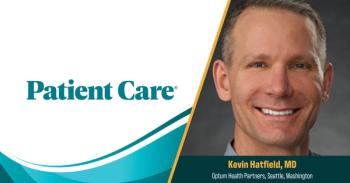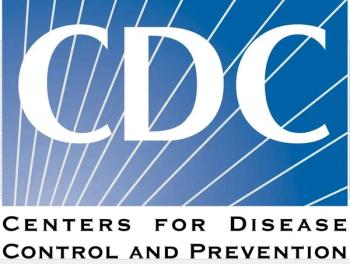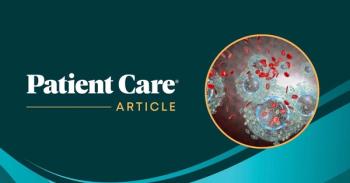
Neisseria gonorrhea Infection: 5 Questions on New Guidelines
Antibiotic-resistant Neisseria gonorrhea is an international threat. Find out what you know about current first-line treatment in just a few minutes.
In response to rapidly expanding patterns of antibiotic resistance worldwide, the World Health Organization in 2016 updated its guidelines for the treatment of Neisseria gonorrhea infection. The 2016 revisions to the 2003 guidelines reflect the imperative to prevent an infection with sometimes asymptomatic presentation and for which there is high-level resistance to previously recommended first-line treatment.Following are 5 questions for primary care providers on updated first- and second-line therapy for several types of gonococcal infections.
Newsletter
Enhance your clinical practice with the Patient Care newsletter, offering the latest evidence-based guidelines, diagnostic insights, and treatment strategies for primary care physicians.















































































































































































































































































